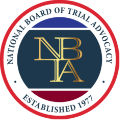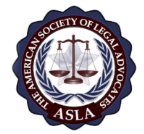Following a recall by the U.S. Consumer Products Safety Commission (CPSC) of the Land of Nod drop-side cribs and a warning regarding SafetyCraft drop-side cribs, the public debate about crib safety continues. Since 2007, the CPSC has issued numerous recalls that have affected more than 11 million infant cribs. Drop-side cribs have been linked to or suspected to be linked to approximately 32 infant fatalities in the last decade. As a means of safeguarding infants, the CPSC has approved new standards for the manufacture and sale of cribs in the United States. However, these standards have sparked their own bit of controversy.
In mid-December 2010, the CPSC’s new standards, mandated by the Consumer Product Safety Improvement Act of 2008 (CPSIA), outlined the first move to enhance crib safety in three decades. The agency reported that the new crib safety standards will make mattress supports stronger, require more durable crib hardware, implement stricter and more rigorous product testing and ban the manufacture and sale of traditional drop-side cribs. The effective date for these new standards will be summer 2011. Within two years of publication of the new rules, child-care facilities, public accommodations and child-care homes will have to comply with these new standards.
Since the new crib safety standards affect more than crib manufacturers, several organizations have mentioned concerns about the new requirements. The National Child Care Association (NCCA), which represents the Sunshine House day care chain, believes that current standards are sufficient to ensure infant safety.
Another factor affecting day care providers, manufacturers and others is the potential cost of compliance. While the CPSC estimates that it might cost between $387 to $467.5 million, the NCCA and the National Head Start Association forecast much higher costs at $550 million and $600 million, respectively.
While drop-side cribs have been around for decades, newer models are not as sturdy as older ones. Although they offer convenience to parents, these newer versions come with risks of entrapment, strangulation, suffocation and other injuries to babies. With the newly approved CPSC rules, parents as well as manufacturers, public facilities and day care providers all have a stake in compliance.
Our Awards and Certifications











Practice Areas
- Personal Injury Overview
- Bicycle Accidents
- Brain Injuries
- West Virginia Burn Injury Attorney
- Car Accidents
- Commercial Delivery Truck Collisions
- Construction Site Injuries
- Dog Bite Injuries
- Drunk Driver (DUI) Accidents
- Gas Explosion Injuries
- Insurance Claim Disputes
- Mining Accident Injuries
- Motorcycle Accidents
- Pedestrian Accidents
- Medical Malpractice
- Rear-End Collisions
- Scaffold & Ladder Fall Injuries
- Slip And Fall Accidents
- Spinal Cord Injuries
- Truck Accidents
- Uninsured Motorists
- Work Accidents
- Wrongful Death



